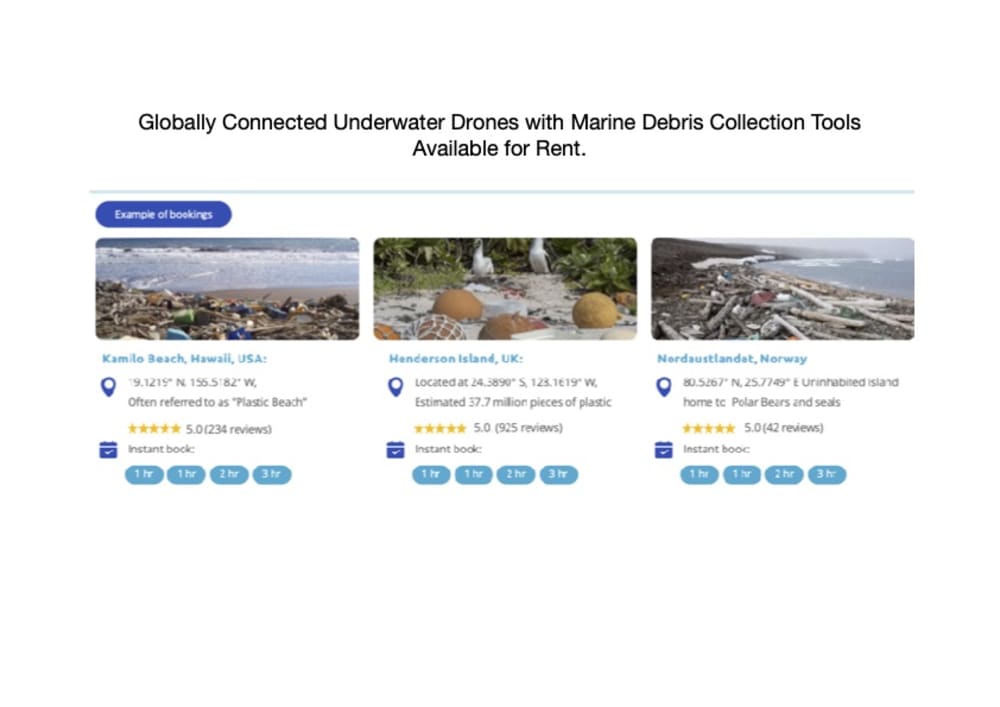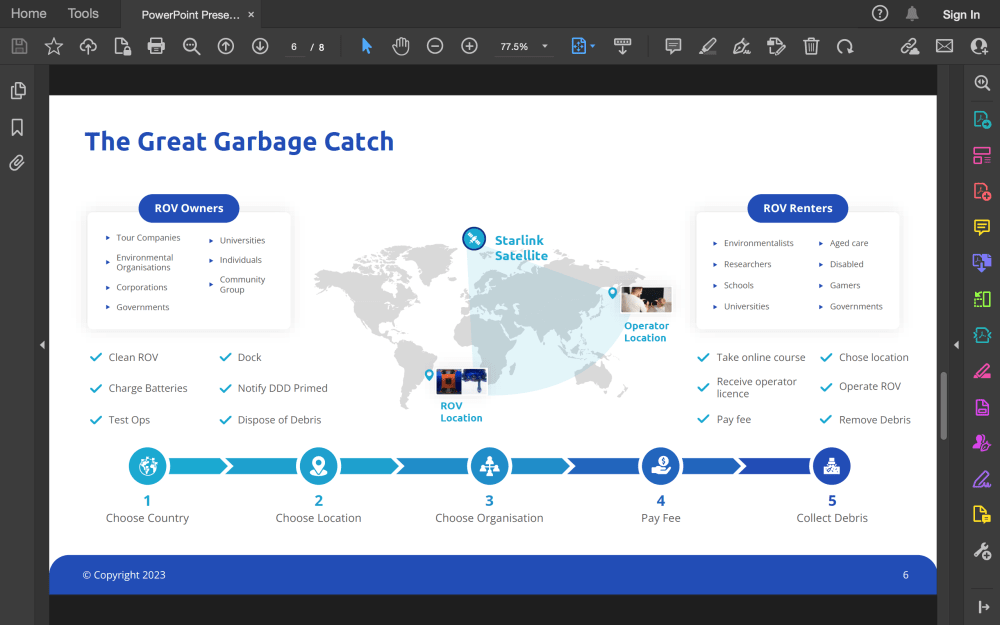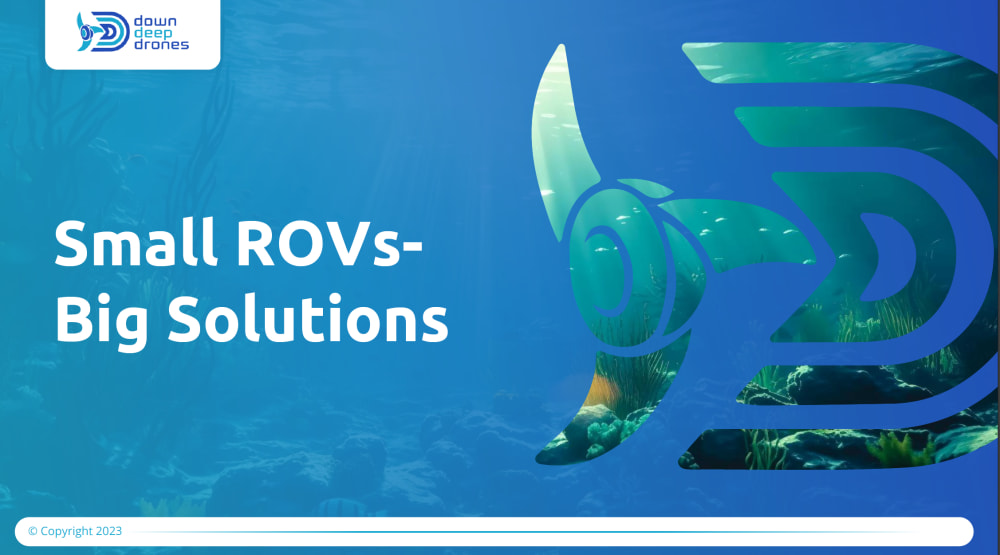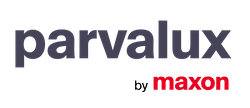This is an an automated platform to streamline the collection of marine debris. The online system connects a global network of already owned Remotely Operated Vehicles (ROVs) to individuals concerned for the environment. It will include small ROVs that go to100m, or others like our own models, that goes to 500m. They will have our marine debris collecting tools attached to them, retrofitted and compatible with many brands of ROVs.
Users complete an online training course and once booked, they will be connected to the ROV via Starlink, a global satellite internet service. This connection allows the remote operator to control the ROV.
The system leverages technology to provide semi-automated model for marine debris collection. It also helps ROV owners, like environmental organisations, maximise the use of their asset and generate an income from it.
With a lack of coordination and lack of infrastructure, current assets are not being realised to their full potential. These ROV assets can be deployed easily, and have a real impact on marine debris around the world, raising public awareness to the issue. The scale of marine debris is enormous, and it is estimated that there are over five trillion pieces of plastic debris in the ocean.
People concerned for the environment can, from their living room, operate a ROV located on the other side of the world. The booking platform will be the first to link ROVs on a large scale to perform an essential task that is difficult.
By making it easier to collect marine debris on a global scale, the system could help reduce the environmental and economic cost of marine debris pollution.
The use of Starlink, offers a reliable and efficient way to control the ROVs, enabling marine debris collection in real-time. This rental business model allows users to rent ROVs at a lower cost than buying an ROV outright, a unique approach to collecting marine debris.
This booking system would be similar to a “Trip Advisor” style booking website. There are pre-made tour booking software that could be modified at a reasonable price. The marine debris collecting tools would be manufactured using a combination of 3D printing, CNC machining and thermo-formed ABS plastic that would be cheap to produce in quantities. We estimate the tool kit cost and fitting to be around $2000 USD.
There are generic booking systems that could be modified cheaply that are effective. The tools have been tested and proven effective, and can be retrofitted onto other ROV models. Additionally, the Starlink service, has been proven to work. It would require time to link each aspect of the system however individually everything works.
The market includes individuals and organisations concerned about marine debris, and are willing to pay for a cost-effective solution. This includes environmental groups, governments, research organisations, and others. It could be used in classroom to teach about ocean conservation through using technology.
Like this entry?
-
About the Entrant
- Name:John Griffiths
- Type of entry:teamTeam members:
- Alicia Dunn
- Patent status:none









